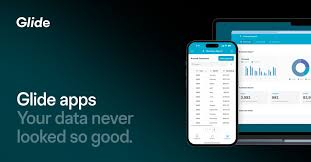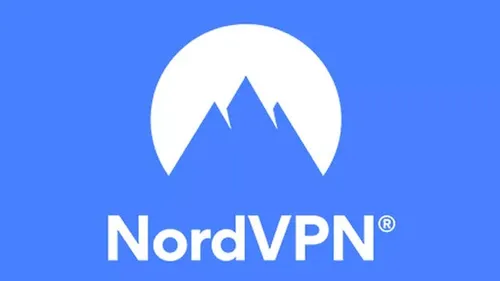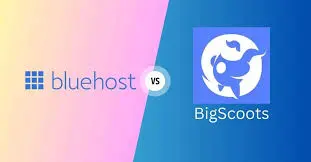How to Add Folders in GlideApps: A Comprehensive Guide
Creating a well-organized app is essential for enhancing user experience, and one effective way to achieve this is by adding folders in GlideApps. Folders help categorize content, making it easier for users to navigate your app. In this blog post, we’ll explore how to add folders in GlideApps step by step, and delve into best practices to maximize their effectiveness.

Table of Contents
Why Use Folders in GlideApps?
Folders allow you to group related content—be it images, documents, or different features—into a coherent structure. By add folders in GlideApps, you can enhance the organization of your app, which leads to a smoother user experience. This is especially beneficial for apps with extensive information, as it helps users find what they need quickly and intuitively.
Benefits of Using Folders
- Improved Navigation: Users can easily locate content without scrolling through long lists.
- Enhanced Clarity: Grouping related items under folders clarifies your app’s purpose and offerings.
- Better Content Management: As your app grows, folders make it easier to manage and update content.
- Professional Appearance: A well-organized app feels more polished and user-friendly.
Step-by-Step Guide to Add Folders in GlideApps
Step 1: Log In and Open Your Project
Start by logging into your GlideApps account. Once logged in, you can either select an existing project or create a new one. If you’re starting from scratch, consider using Google Sheets as your data source to facilitate content management.
Step 2: Access the Data Editor
Navigate to the “Data” tab in the top menu. This is where you can manage all aspects of your app’s data structure and content organization.
Step 3: Create a New Table for Folders
To add folders in GlideApps, you’ll need to create a dedicated table:
- Click the “+” icon to add a new table.
- Name the table something relevant, like “Folders” or “Categories.”
Step 4: Add Columns to Your Folder Table
Next, add essential columns to your folder table to provide necessary details:
- Folder Name: The title of the folder should be clear and descriptive.
- Description: A brief explanation of the folder’s contents helps users understand what to expect.
- Image: Optionally, include a visual representation of the folder to enhance its appeal.
Step 5: Link Your Folder Table to Other Content
To make your folders functional, you can link them to other tables (like images or documents):
- In the folder table, create a relation column that connects to other relevant tables.
- This relation allows you to categorize content, making it easy for users to explore related items.
Step 6: Customize Your App Layout
After setting up your folders, go to the layout settings to customize how they appear in your app. You can choose components like lists, grids, or cards to display the folders in an attractive and user-friendly manner.
Step 7: Preview and Test Your App
Before finalizing your app, always preview it to ensure everything works correctly. Make sure the folders display as intended and that users can easily navigate through them. Testing is essential to provide a seamless user experience.
Best Practices for Organizing Folders
Keep It Simple
While it might be tempting to create many folders, try to keep it simple. An overwhelming number of folders can confuse users. Aim for a clean and organized structure that makes navigation intuitive.
Use Descriptive Names
Choose clear and descriptive names for your folders. This helps users understand the contents at a glance. For example, instead of naming a folder “Miscellaneous,” consider a name like “Project Resources” for clarity.
Regular Updates
As your app evolves, it’s crucial to update your folders and their contents. Regular maintenance ensures that users find relevant and accurate information, which fosters trust and encourages continued use of your app.
User Feedback
Consider collecting feedback from users about your folder organization. This can help you identify areas for improvement and adapt your app based on user needs and preferences.
Advanced Tips for Folder Management
Utilize Nested Folders
If your app contains a vast amount of content, consider using nested folders. This means creating subfolders within main folders for further organization. For example, under a “Projects” folder, you could have subfolders for “2025 Projects” and “Completed Projects.” This layered approach helps maintain clarity even with a lot of information.
Integrate Search Functionality
In add folders in GlideApps , consider implementing a search feature in your app. This allows users to quickly find specific content, complementing the organization provided by folders. A search bar can be especially useful for apps with extensive content.
Visual Elements
Enhance your folder organization by adding visual elements like icons or images. Visuals can make folders more appealing and easier to identify at a glance, improving the overall user experience.





